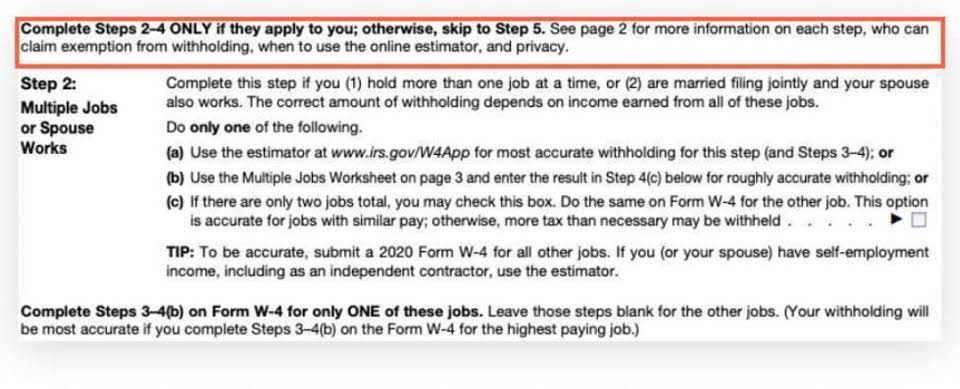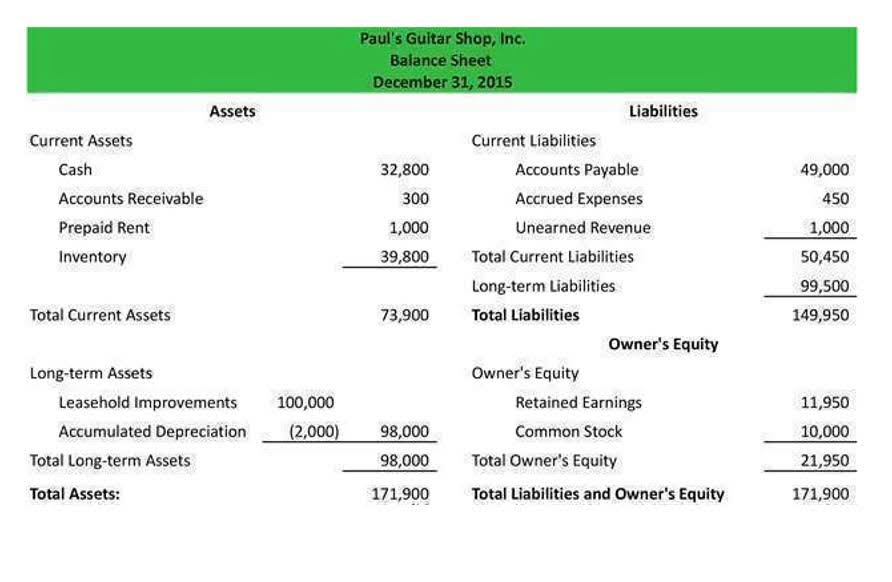The contractor will perform demolition, pour the new foundation and floor, erect the framing, install plumbing and electrical systems, put up drywall, and perform the finishing work. In this case the individual tasks are interrelated services—a series of inputs that results in one combined output (the rebuilt warehouse). Although the customer could likely benefit individually from many of these separate activities, the individual activities are not considered distinct within the context of the entire contract. This means there is one distinct performance obligation in the contract that encompasses all of the highly interrelated activities. Once you’ve identified the contract, you’ll need to identify the distinct performance obligations contained within it.
- A performance obligation is a promise in a contract to transfer a good or service to the customer.
- Take, for example, a contractor engaged in a $10-million fixed-price contract to construct an office building.
- We can serve as your guides, combining our talent, accounting expertise, industry specialization, and use of technology, to deliver better results for you and your organization so that you can focus on running your business and delivering on your goals.
- Nonpublic companies may choose to adopt the new standard early, but no earlier than the date for public company compliance.
- Improving the efficiency and effectiveness of your equipment program can also help boost profits and your bottom line.
Industry Professionals
A performance obligation is a promise in a contract to transfer a good or service to the customer. This may be a single good or service (or a bundle of goods or services) that is distinct, or it may be a series of distinct goods or services that are homogeneous and have the same pattern of transfer to the customer over time; thus, they are accounted for as a single performance obligation. Take, construction bookkeeping services for example, a contractor engaged in a $10-million fixed-price contract to construct an office building. The contract includes a $500,000 performance bonus if the work is completed by January 1, 2018. To recognize the revenue correctly, the company must analyze the likelihood that it will receive the bonus.
Webcast Series
As a practical expedient, such costs may be expensed as incurred if the amortization period of the asset that the entity otherwise would have recognized is one year or less. The accounting for loss contracts was excluded from the scope of the new revenue recognition guidance, and the existing requirements in this area continue to apply; that is, the entire anticipated loss should be recognized as soon as it becomes evident. ASC 842 is effective for private companies for fiscal years beginning after December 15, 2021 and interim periods within fiscal years beginning after December 15, 2022. Although the reporting date for reflecting the adoption bookkeeping for cleaning business fast approaches, many construction companies have yet to start preparing to adopt this new accounting standard.
Updates to Lessee Accounting for Leases
Boost your cash flow by navigating the complex tax credit claims process with our R&D Tax Credits, Federal and State Hiring Credit Services, and more. Business owners should incorporate both the business’ needs and personal financial goals into plans for future management, successor selection, and shaping their legacy. Invest in your employees by conducting structured compensation plan studies—by region and level—and assessing your benefits based on industry benchmark studies. Support your workforce through employee stock ownership plans or develop their talents by creating strategic plans that emphasize safety and their value to the company.
- Fast-growing companies utilize us to help them build the infrastructure they need now—and that can also scale with them as they grow.
- Also, we can help deliver the timely and relevant information you need that can help you make better, faster decisions to make your organization more profitable and efficient.
- Business owners should incorporate both the business’ needs and personal financial goals into plans for future management, successor selection, and shaping their legacy.
- As companies work with sureties, banks, and consultants, there are some considerations and key questions they may want to ask.
- Retainage is generally not considered a financing component in the determination of a contract’s transaction price since its use reflects a protection for the customer in the event a contractor should fail to satisfy its performance obligations.
This differs from current practice, in which these mobilization costs have often been included in the estimated costs and in the cost accumulation for each project, then used to determine the percentage of completion and, as a result, recognition of revenue. A contractor recognizing revenue over time also needs to determine a measurement of progress towards satisfaction of the performance obligations over time. This might be based on the number of units produced, an appraisal of the completed portion, a survey of the performance, or milestones that have been reached. The input method, on the other hand, measures progress by resources consumed, such as labor hours expended, costs incurred, or time elapsed. To be reasonable, these inputs must be proportional to the contractor’s progress towards fulfillment of its performance obligation.
Also, we can help deliver the timely and relevant information you need that can help you make better, faster decisions to make your organization more profitable and efficient. As a professional services firm ourselves, we’re familiar with the financial and operational challenges your business faces—as well as the unique opportunities you can leverage. All organizations, large or small, face the daunting task of keeping up with technology to remain competitive. We have a deep understanding of the best-in-class technology tools and how to combine them with processes and best practices to substantially improve efficiency in your finance and accounting functions. Your finance and accounting function should do more than just process transactions and produce financial reporting. It should produce insight and drive the actions that will impact your organization’s operations and profitability.
Cybercriminals infiltrate businesses at alarming rates, causing damaging breaches with major financial implications—potentially upward of hundreds of thousands to millions of dollars—for both your businesses and clients. We also know the importance of providing partner-level service and building strong relationships, and, because our business is like yours, we understand you’re only as successful as your last engagement. Organizations with adequate in-house personnel can still take advantage of our approach to increase productivity and capacity in their existing team. Let’s look at each of these steps and how they pertain to contractors in closer detail. As companies work with sureties, banks, and consultants, there are some considerations and key questions they may want to ask. The first step to adopting the lease standard is to determine all arrangements that are within scope of ASC 842.
Building Opportunity Conference
Contractors under the new threshold can switch their overall method from the accrual method to the cash method, which could provide an opportunity to defer revenue, especially if receivables are greater than payables. The benefit of this is the potential to take a “catch-up adjustment”–normally a negative adjustment to income–in one year. Our insurance practice can guide your organization to make smart, informed business decisions and find innovative financial solutions that can help drive growth and reduce risk. Yes, key financial decisions will also be impacted as a result of adopting ASC Topic 842. The biggest change from legacy GAAP for construction, like other industries, is the impact to the balance sheet. Dive deeper into industry hot topics to help your business stay ahead of change and plan for what’s next with our complimentary webcasts, available to view on demand.
The new lease accounting guidance impacts the construction industry in potentially unexpected ways. From tax and assurance services to value-added management consulting solutions, discover the many ways Moss Adams can make a difference to your organization. We can serve as your guides, combining our talent, accounting expertise, industry specialization, and use of technology, to deliver better results for you and your organization so that you can focus on running your business and delivering on your goals. Contractors under the $25 million threshold could potentially realize significant cash flow benefits from these method changes and should work closely with their tax advisors to determine their best path forward. Here are some questions to consider as construction companies work with their accounting consultants. However, if a surety is comparing retained earnings financial statements to tax returns, there will be a change in how and when taxable income is reported, and any method changes should be clearly communicated.





